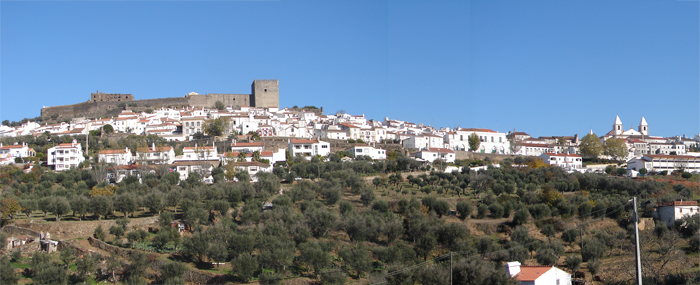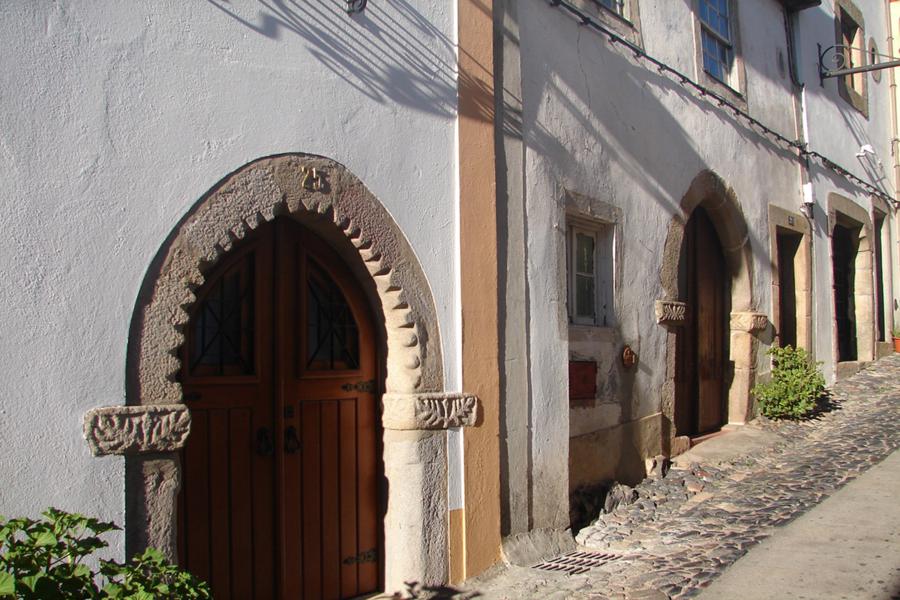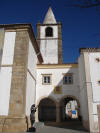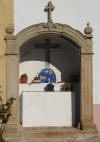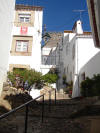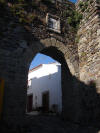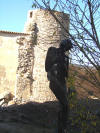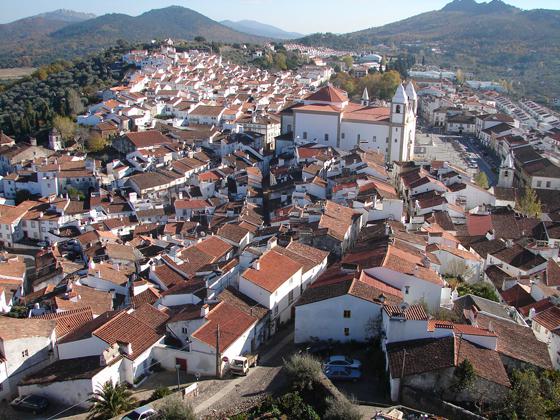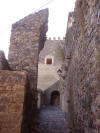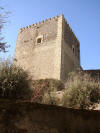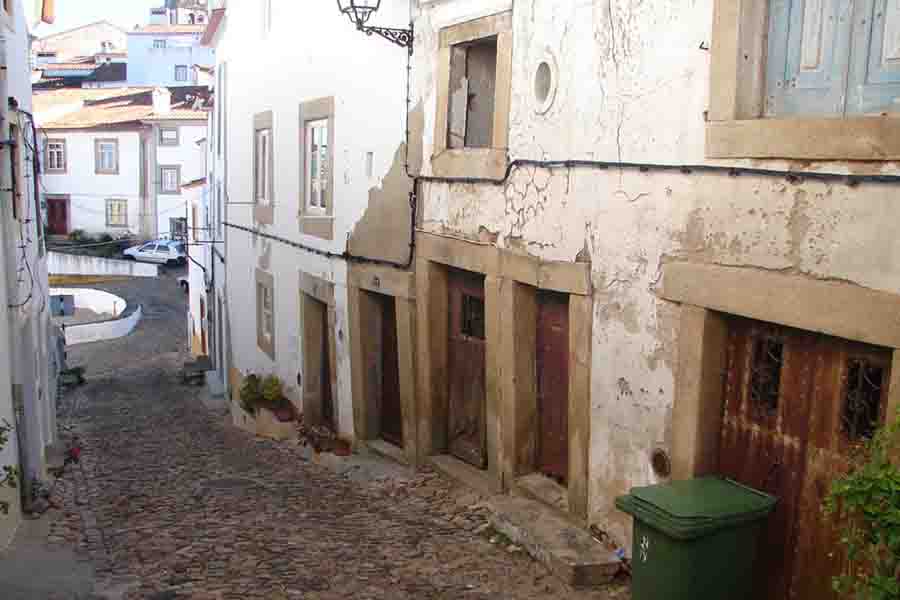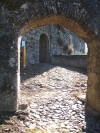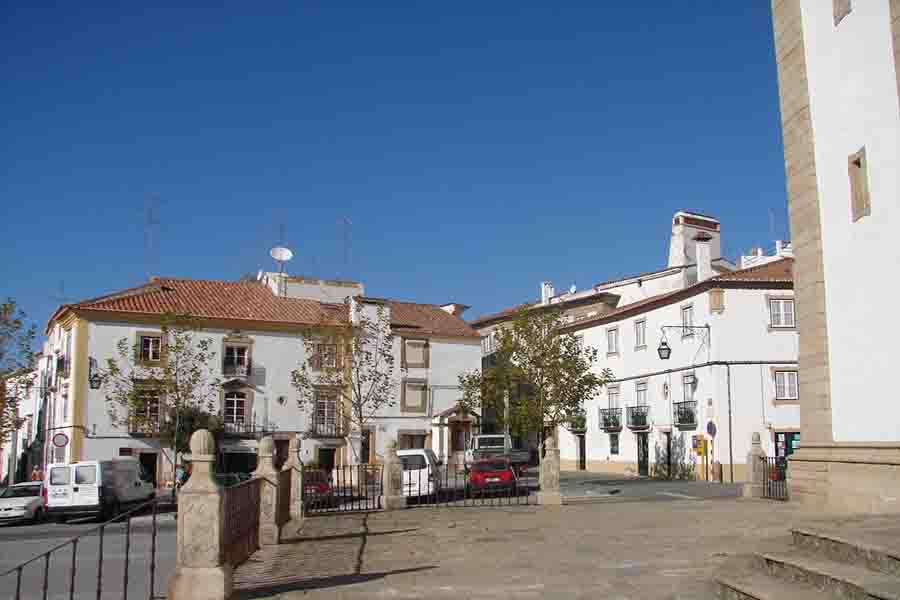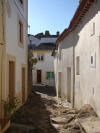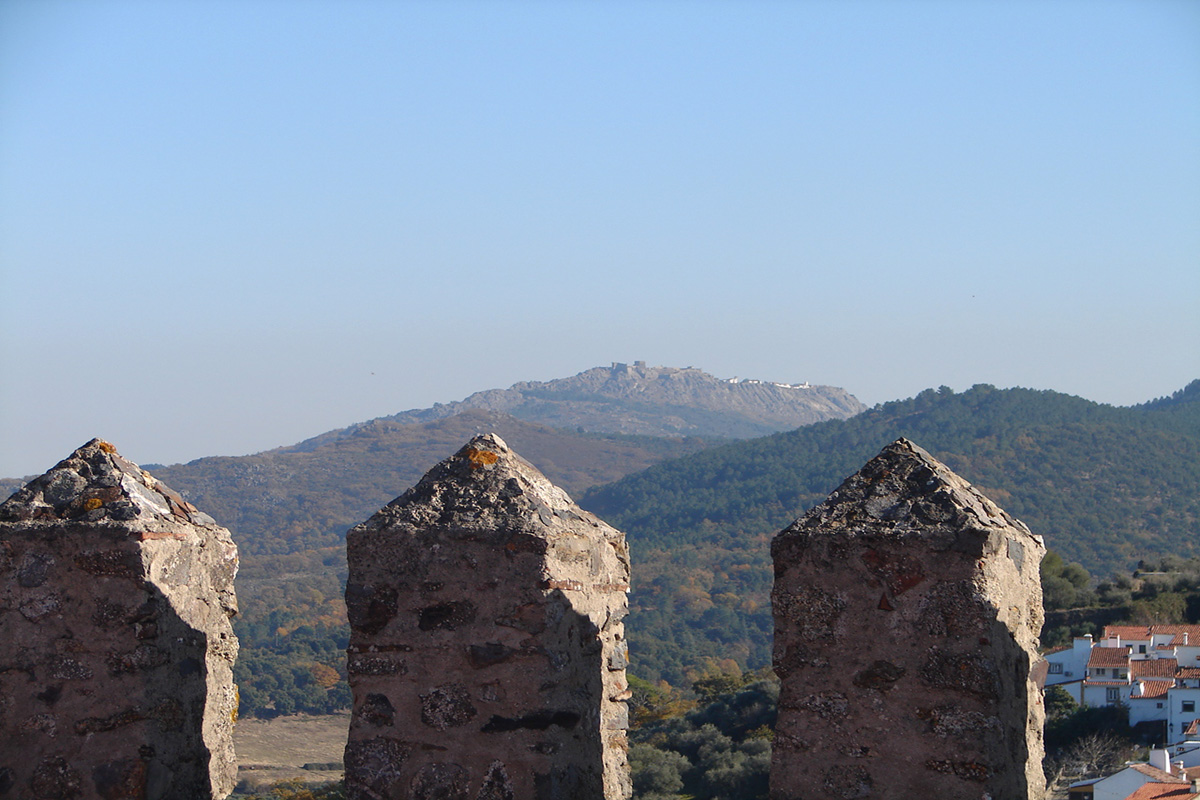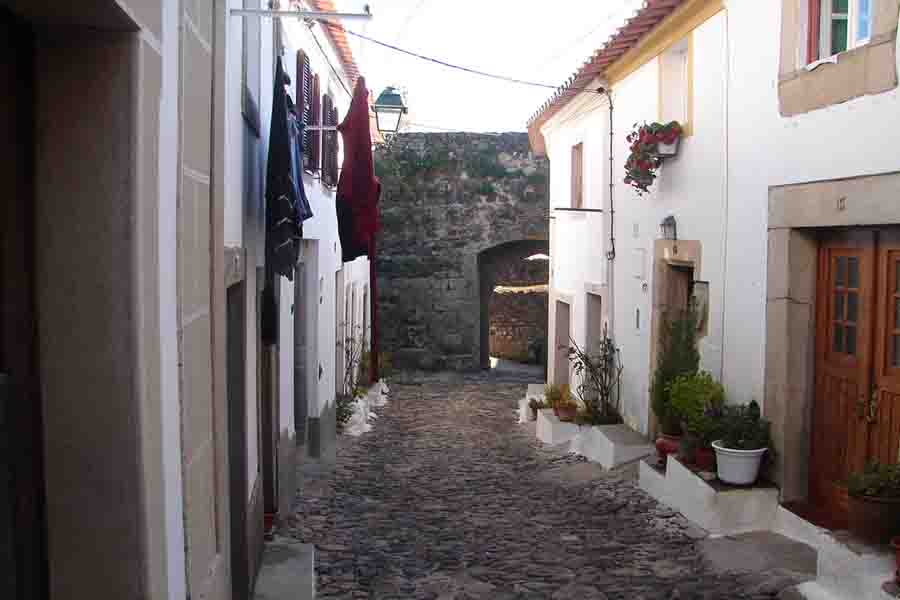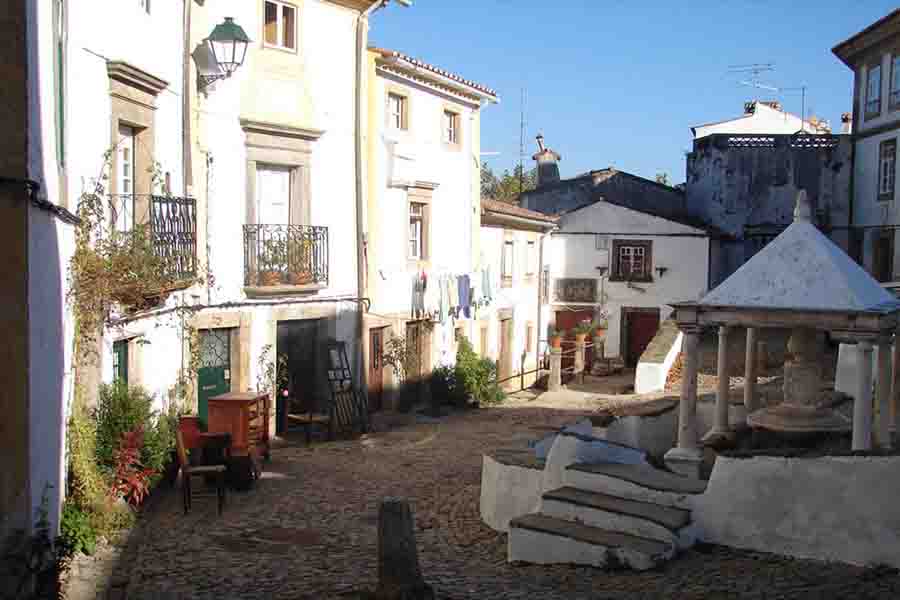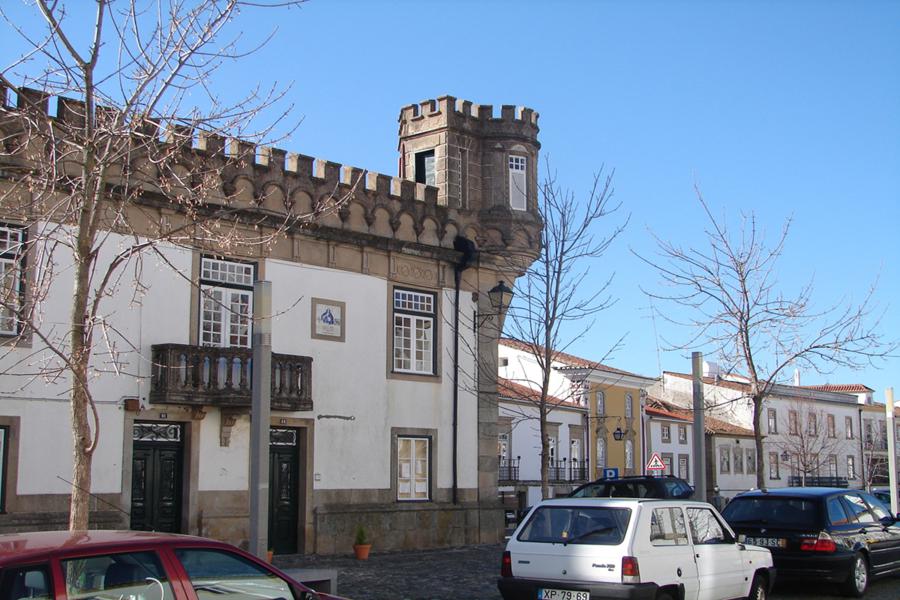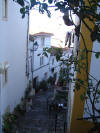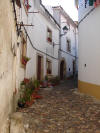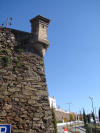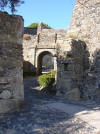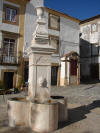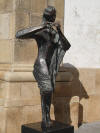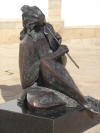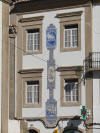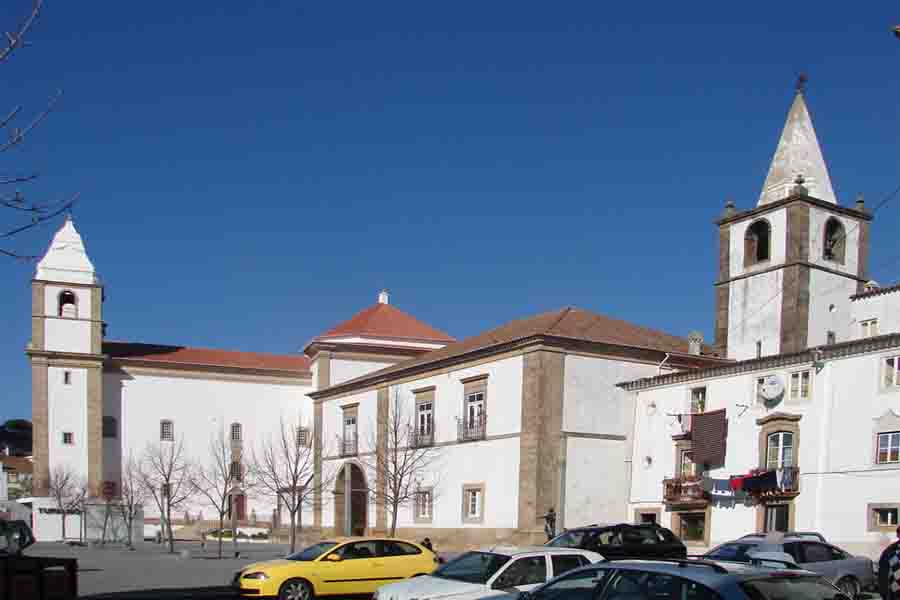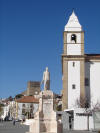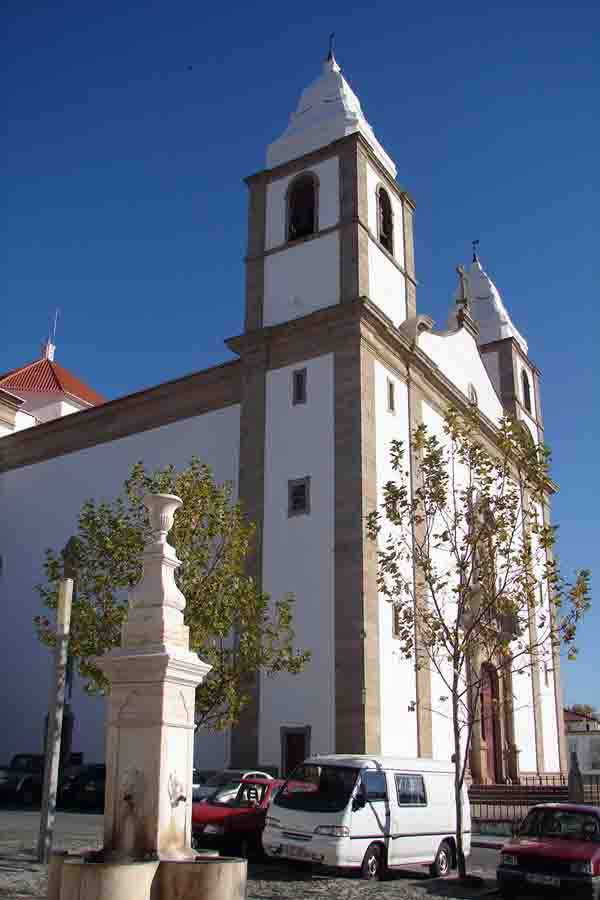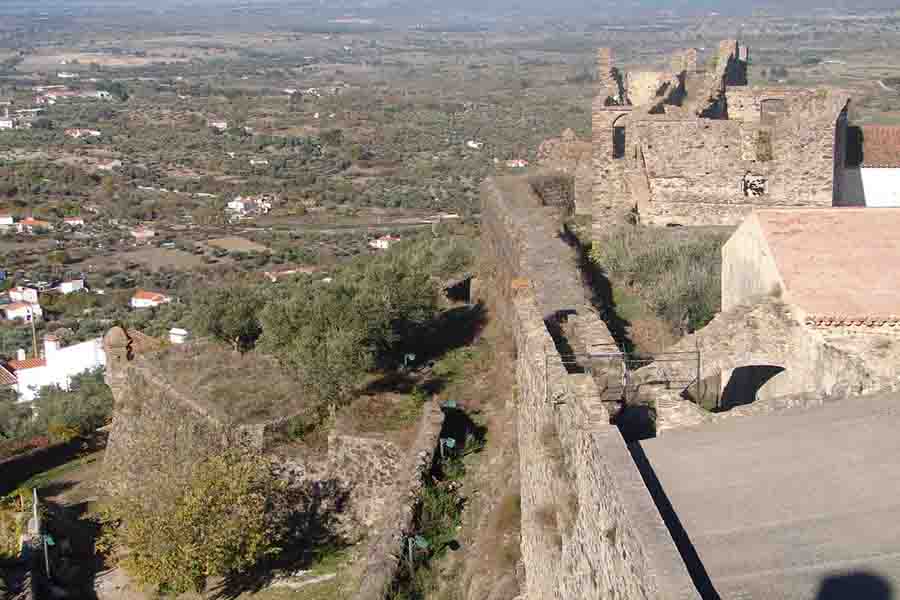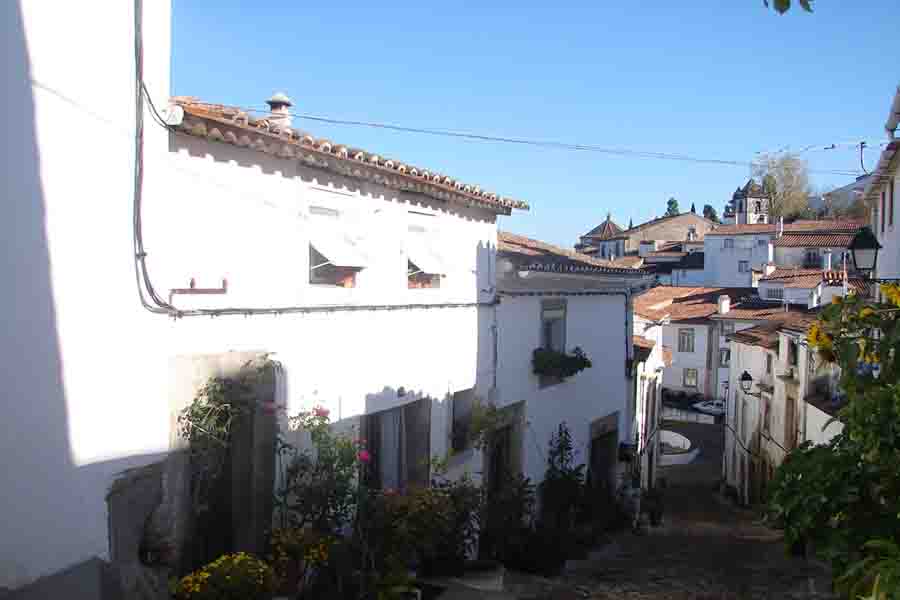Dinis ordered, as in other parts of the border, rebuilding his castle which was completed by Afonso IV in the year 1327. The presence of an ancient chapel and the Synagogue, are living exponent of the so-called "three cultures" and the small but well-organized societies of the time. As the city grew, adding new paintings from walls, reinforced by numerous towers. Of these excels keep which was built advanced on the southern tip of the fortress was one of the most desguarnecidos and accessible. In 1276 Castelo de Vide break its dependence on neighboring Marvão, forming their own council or municipality.
As the population becomes its own entity, several suburbs were developed outside the city for less rugged terrain of the southeast. In these nuclei refugiaran large numbers of Jews from Castile, from where came after heber been expelled from the kingdom. There was born the chapel Santa Maria in 1311, later being erected on the same plot the Church. The vineyard, olive grove and the wool industry, were the basis of the livelihood of its people, stressing the same, fruit trees and livestock. In peacetime, establishing a current commercial Castile, which was interrupted when hostilities began. The king D. Manuel gives new charter to the city by establishing rules and laws for the development and administration of the city governed, among other things, the establishment of the market in the Rossio Square, which tended to swing his physical and commercial hub of the same. |
